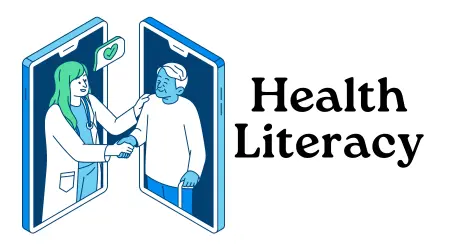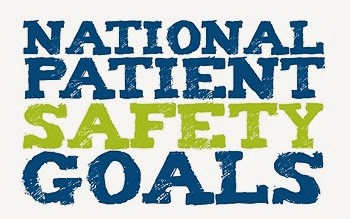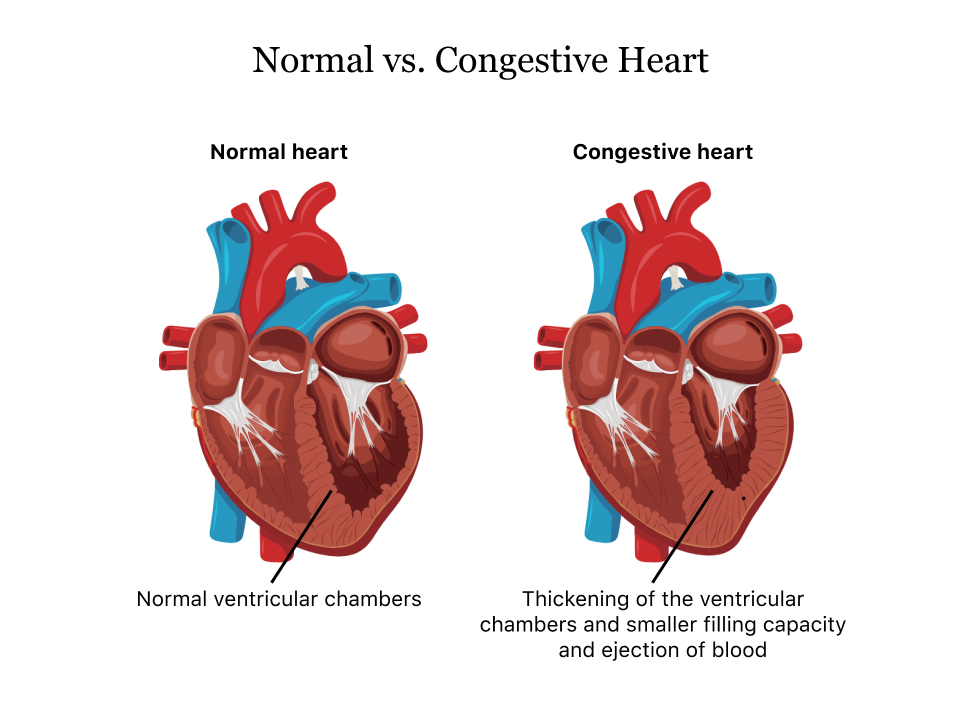Management and Leadership – Veterans
Management and Leadership – Veterans
(Management and Leadership – Veterans) Develop a 4-6 page plan that will allow your intervention to be implemented in your target population and setting.
Target population VETERAN. TOPIC PREVENTING HOMELESSNESS FOR VETERAN POPULATION Introduction

Note: Each assessment in this course builds on the work you completed in the previous assessment. Therefore, you must complete the assessments in this course in the order in which they are presented. Even the best intervention plan will not be effective without a sound and reasonable approach to implementing it. The implementation of the same intervention plan can vary drastically between different care settings, based on the culture of the care setting, the resources available, and the stakeholders involved in the project, as well as the specific policies already in place. A successful implementation plan blends contemporary and emerging best practices and technology with an understanding of the on-the-ground realities of a specific care setting and the target population for an intervention. By synthesizing these various considerations it is possible to increase the likely success of the implementation and continued sustainability of an intervention plan. (Management and Leadership – Veterans)
Preparations Read Guiding Questions: Implementation Plan Design [DOC].
This document is designed to give you questions to consider and additional guidance to help you successfully complete this assessment. As you prepare to complete this assessment, you may want to think about other related issues to deepen your understanding or broaden your viewpoint. You are encouraged to consider the questions below and discuss them with a fellow learner, a work associate, an interested friend, or a member of your professional community. Note that these questions are for your own development and exploration and do not need to be completed or submitted as part of your assessment. What are the needs of your stakeholders that are relevant to your target population and need? What applicable health care policy and regulations are relevant to your target population and need? How will these considerations impact the development of your Intervention Plan Design assessment? How can you work these considerations into the development of your Implementation Plan Design assessment?
Instructions Note:
The assessments in this course are sequenced in such a way as to help you build specific skills that you will use throughout your program. Complete the assessments in the order in which they are presented. Your implementation plan design will be the third section of your final project submission. The goal for this is to design a plan that will allow your intervention to be theoretically implemented in your target population and setting. You should be able to preserve the quality improvement outcomes that you designed for your target population and setting while also ensuring that the intervention does not put undue stress on the health care setting’s resources or violate any policies or regulations. Provide enough detail so that the faculty member assessing your implementation plan design will be able to provide substantive feedback that you will be able to incorporate into the final draft of your project. At minimum, be sure to address the bullet points below, as they correspond to the grading criteria. You may also want to read the scoring guide and the Guiding Questions: Implementation Plan Design document (linked above) to better understand how each criterion will be assessed. In addition to the bullet points below, provide a brief introduction that refreshes the reader’s memory about your problem statement, as well as the setting and context for which this intervention plan was designed before launching into your implementation plan. Reminder: these instructions are an outline. (Management and Leadership – Veterans)
Your heading for this this section should be Management and Leadership and not Part 1: Management and Leadership.
Part 1: Management and Leadership
Propose strategies for leading, managing, and implementing professional nursing practices to ensure interprofessional collaboration during the implementation of an intervention plan. Analyze the implications of change associated with proposed strategies for improving the quality and experience of care while controlling costs.
Part 2: Delivery and Technology
Propose appropriate delivery methods to implement an intervention which will improve the quality of the project. Evaluate the current and emerging technological options related to the proposed delivery methods.
Part 3: Stakeholders, Policy, and Regulations
Analyze stakeholders, regulatory implications, and potential support that could impact the implementation of an intervention plan. Propose existing or new policy considerations that would support the implementation of an intervention plan. (Management and Leadership – Veterans)
Part 4: Timeline
Propose a timeline to implement an intervention plan with reference to specific factors that influence the timing of implementation. Address Generally Throughout
Integrate resources from diverse sources that illustrate support for all aspects of an implementation plan for a planned intervention.
Communicate implementation plan in a way that clearly illustrate the importance of interprofessional collaboration to create buy-in from the audience. (Management and Leadership – Veterans)
References
U.S. Department of Veterans Affairs. (2021). VA Health Care: A System Worth Saving. Retrieved from https://www.va.gov/health/
Hoge, C. W., Auchterlonie, J. L., & Milliken, C. S. (2006). Mental health problems, use of mental health services, and attrition from military service after returning from deployment to Iraq or Afghanistan. JAMA, 295(9), 1023-1032. https://jamanetwork.com/journals/jama/fullarticle/202422


:max_bytes(150000):strip_icc()/article_7866255_foods-you-should-eat-every-week-to-lose-weight_-04-d58e9c481bce4a29b47295baade4072d.jpg)







